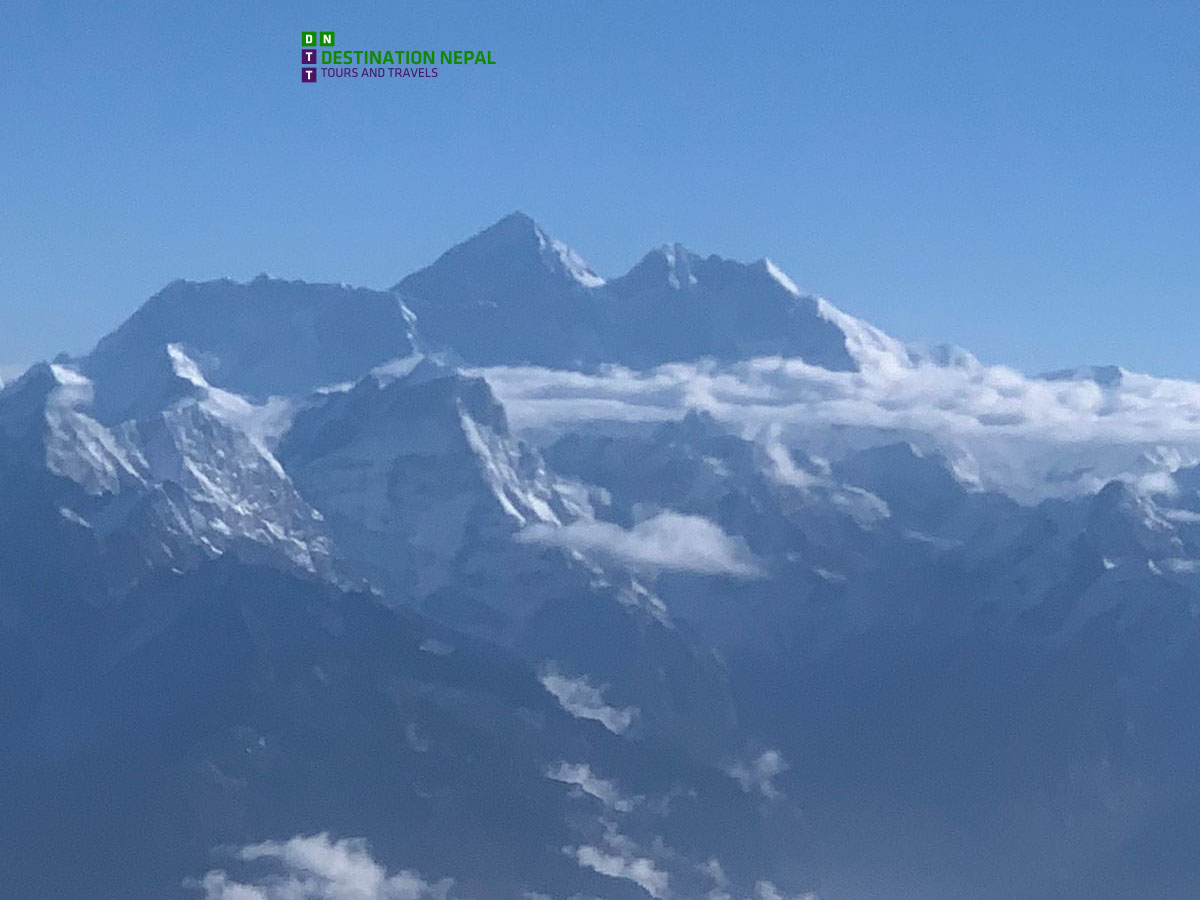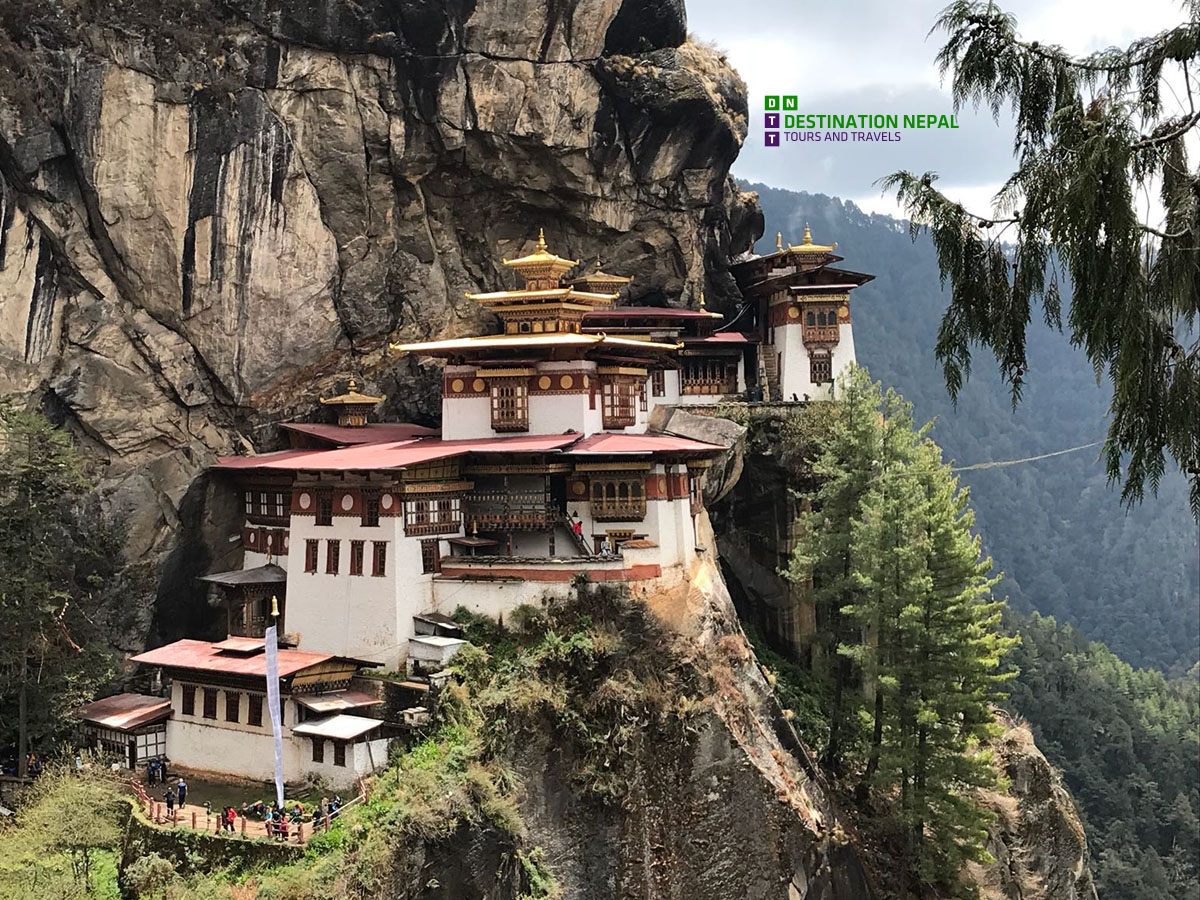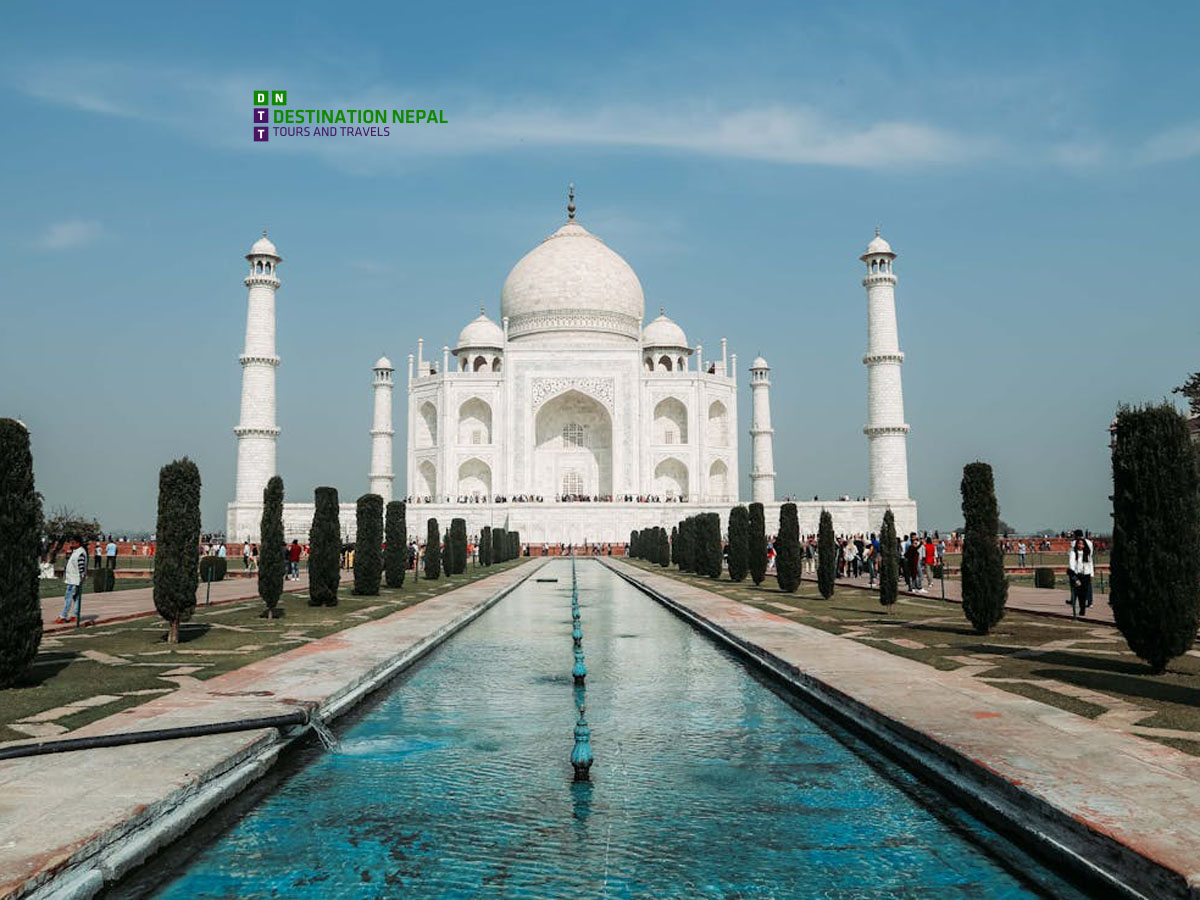Things You Need to Know Before Touring Yamdrok Lake
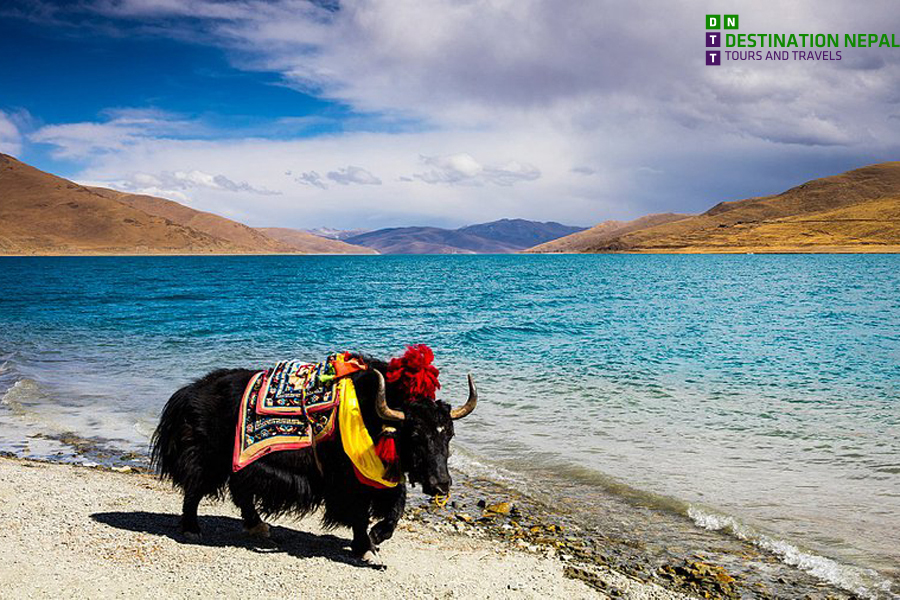
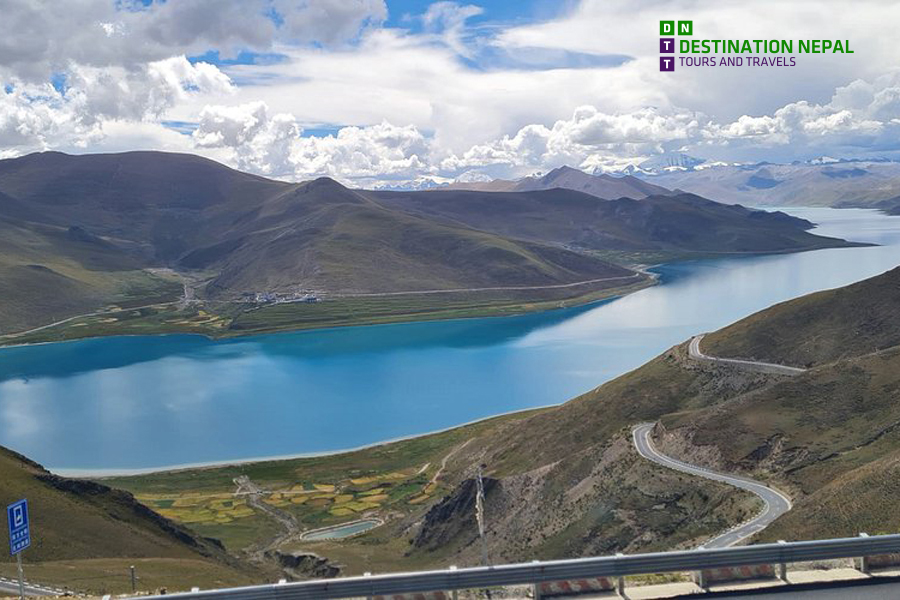 Located on the southern edge of the Nyenchen Tanglha Mountains, Yamdrok Lake, also known as Yamdrok Yumtso, is one of Tibet’s Great Three Holy Lakes. Renowned for its turquoise waters, this stunning natural wonder is a must-visit attraction near Lhasa. Positioned along the classic route from Lhasa to Gyantse, Yamdrok Lake is often the first major highlight on tours that extend to Shigatse and Mount Everest. Shaped roughly like a Chinese character, this sacred lake offers breathtaking views and is revered for its deep spiritual significance in Tibetan Buddhism.
Located on the southern edge of the Nyenchen Tanglha Mountains, Yamdrok Lake, also known as Yamdrok Yumtso, is one of Tibet’s Great Three Holy Lakes. Renowned for its turquoise waters, this stunning natural wonder is a must-visit attraction near Lhasa. Positioned along the classic route from Lhasa to Gyantse, Yamdrok Lake is often the first major highlight on tours that extend to Shigatse and Mount Everest. Shaped roughly like a Chinese character, this sacred lake offers breathtaking views and is revered for its deep spiritual significance in Tibetan Buddhism.
Why Visit Yamdrok Lake?
Visiting Yamdrok Lake is more than just an encounter with a beautiful landscape. As one of Tibet’s sacred lakes, the experience has a spiritual dimension tied to the lake’s myths, legends, and religious importance. Surrounding Yamdrok’s pristine waters are majestic snow-capped mountains, Himalayan glaciers, and islands that create picture-perfect settings for photographers and travelers alike.
Legendary Tales of Yamdrok Yumtso Lake
Yamdrok Lake is steeped in myths and legends. According to Tibetan folklore, the lake was once a collection of nine smaller lakes. Fearing they would dry up, the fairy Dakini Yeshe Tsogyal threw gold dust into the air, creating channels that connected the lakes and saved the surrounding wildlife and people. Even today, it is believed that if Yamdrok Lake were to dry up, Tibet would become uninhabitable.
Another legend speaks of a young girl who bathed in the lake at dawn. A rich man, captivated by her beauty, tried to abduct her. As he emerged from the water, a protective fairy appeared and defeated him. The girl, however, drowned, and legend says the fairy transformed her into a white bird. Since then, Yamdrok Lake has been home to numerous birds, adding to the lake’s mystique and beauty.
Religious Significance of Yamdrok Tso Lake
Yamdrok Lake holds immense religious significance in Tibetan Buddhism. Like many sacred lakes and mountains in Tibet, it is believed to be the dwelling place of gods and goddesses. Pilgrims often undertake ritual walks, known as koras, around the lake to accumulate spiritual merits. Completing a kora around Yamdrok Lake is said to cleanse sins from an entire lifetime.
Walking the kora around the lake can take up to a month on horseback or three months on foot. For devout pilgrims who perform full-body prostrations, the journey may take up to six months.
Location and Altitude of Yamdrok Lake
Situated approximately 100 kilometers southwest of Lhasa, Yamdrok Lake lies in natural glacier-formed depressions. The lake is entirely within Shannan Prefecture (also known as Lhoka) in southern Tibet. With an altitude of 4,441 meters, it is one of the highest lakes in the world. Yamdrok’s unique balance of inflow from glacial meltwater and evaporation creates its stunning turquoise hue.
Highlights of Yamdrok Lake
Yamdrok Lake’s beauty lies in its serene turquoise waters, surrounded by awe-inspiring mountains. It’s one of the first major attractions you’ll encounter when traveling from Lhasa to Gyantse.
1. Turquoise Waters
The lake’s turquoise color is a result of shallow depths and glacial meltwater. Reflecting the surrounding snow-capped peaks, Yamdrok’s waters offer incredible photo opportunities and a sense of tranquility.
2. Fish in Yamdrok Lake
As a freshwater lake, Yamdrok has an abundance of fish. However, Tibetans believe fish are sacred and incarnations of water deities, so fishing and eating fish from the lake are considered sinful.
3. Yamdrok Lake Islands
The lake contains 21 small islands, used mainly as pastureland for local herders. One island features an ancient Nyingma Temple, believed to be the site of a sacred handprint of Padmasambhava (the second Buddha) embedded in rock.
4. Bird Watching
In winter, Yamdrok Lake becomes a haven for migratory birds from northern Tibet and Mongolia. Birdwatchers can spot bar-headed geese, black-necked cranes, and brown-headed gulls. Bird Island, one of the lake’s islands, is particularly popular for birdwatching.
5. Photography with Tibetan Mastiffs
Tourists often encounter Tibetan Mastiffs at Yamdrok Lake. These majestic dogs, famous for their thick fur and protective nature, are commonly dressed in colorful ruffs for photographs. While nomadic mastiffs may be aggressive, the trained dogs near tourist spots are friendly and photogenic.
Attractions Near Yamdrok Lake
In addition to Yamdrok Lake, the surrounding region offers several fascinating attractions that enhance the overall travel experience.
1. Samding Monastery
Located on a peninsula that juts into the lake, Samding Monastery was founded by Guru Rinpoche (Padmasambhava) in the 8th century. It’s unique for having the only female abbot in Tibetan Buddhism, who leads both monks and nuns. The monastery is associated with Samding Dorje Phagmo, a revered female reincarnation in Tibetan Buddhism.
2. Yamdrok Hydropower Station
At the western end of the lake lies the Yamdrok Dam, part of the Yamdrok Hydropower Station. Originally designed to generate electricity without a dam, it later incorporated a dam to balance the lake’s delicate ecosystem while producing hydroelectric power.
3. Karola Glacier
Located west of Yamdrok Lake, Karola Glacier is a dazzling, pristine glacier visible from the highway between Gyantse and Shigatse. Its bright white ice and towering peaks create a stunning contrast to the turquoise waters of Yamdrok.
4. Mindroling Monastery
Mindroling Monastery, one of the Six Great Monasteries of the Nyingma School, was established in the 10th century. Unique for allowing monks to marry and raise families, it plays a significant role in preserving Tibetan Buddhist culture and teachings.
Best Time to Visit Yamdrok Lake
The best time to visit Yamdrok Lake is from late April to June and late September to mid-November. During these months, temperatures are mild, and the skies are clear, offering stunning views of the lake and surrounding mountains.
In summer (July to September), the region experiences its rainy season. Although the rains make the area lush and green, frequent showers may hinder outdoor activities. Winters (December to February) are extremely cold, with the lake’s edges often freezing over, making it less accessible.
Hotels and Restaurants near Yamdrok Lake
While there are no hotels directly on the shores of Yamdrok Lake, accommodations can be found in nearby towns like Gyantse and Shigatse. These hotels range from basic guesthouses to more comfortable Tibetan-style lodges.
Dining options include small local restaurants that serve traditional Tibetan dishes like tsampa, yak butter tea, and momos. Travelers can also enjoy Tibetan-style hot pot and noodle soups, which are hearty and warming, especially during cooler months.
Tips for Visiting Yamdrok Lake
- Altitude Preparation: At over 4,400 meters above sea level, altitude sickness can be a concern. Spend a few days acclimatizing in Lhasa before visiting Yamdrok Lake.
- Respect Local Customs: As a sacred site, Yamdrok Lake holds deep religious significance. Avoid swimming in the lake or disturbing wildlife.
- Bring Warm Clothing: Even during summer, temperatures can drop significantly, especially in the mornings and evenings. Pack warm layers, including a windproof jacket.
- Photography Etiquette: Always ask for permission before photographing locals, especially monks and nomads.
Conclusion
Yamdrok Lake is a breathtaking destination that combines natural beauty, spiritual significance, and fascinating legends. Whether you’re seeking tranquility, cultural insights, or stunning photography opportunities, a visit to this sacred Tibetan lake is sure to leave lasting memories. By planning your trip carefully and respecting local customs, you can fully appreciate the magic and majesty of Yamdrok Yumtso, one of Tibet’s most revered and beautiful lakes.
